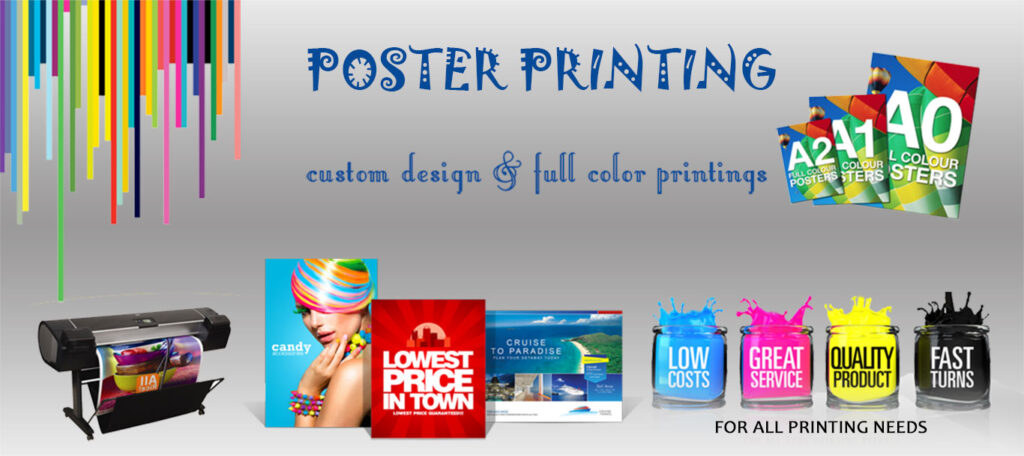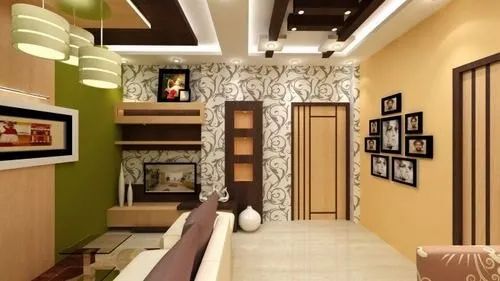
In the realm of creating inviting and aesthetically pleasing living spaces, interior design and decoration play pivotal roles. Whether you’re moving into a new home or looking to refresh your current space, understanding the fundamentals of interior design can make a significant difference. In this comprehensive guide, we will explore the intricacies of interior design, providing valuable insights on what it is, how it works, and how you can transform your space into a haven of comfort and style.
What is Interior Design?
Interior design is an art and science that focuses on enhancing the functionality and aesthetics of interior spaces. It involves a thoughtful and deliberate process of selecting colors, furniture, lighting, and decor to create a harmonious and visually appealing environment. Interior designers leverage their expertise to optimize the use of available space, taking into account the preferences and needs of the occupants.
How Does Interior Design Work?
The process of interior design begins with a thorough assessment of the space and understanding the client’s vision. Designers consider factors such as room dimensions, natural light, and existing architectural elements. They then develop a concept, which includes color schemes, furniture layouts, and decorative elements. Collaboration with clients ensures that the final design reflects their personal style and meets practical requirements.
How to Incorporate Interior Design Principles:
Start with a Plan:
Begin by defining the purpose of each space. Identify key features and elements that need attention. Consider the flow of movement and how different areas connect.
Color Palette and Themes:
Choose a color palette that complements your taste and the mood you want to create. Themes can be based on your preferences, such as modern, traditional, or eclectic.
Furniture Selection:
Opt for furniture that balances comfort and style. Pay attention to proportions and scale, ensuring that each piece fits harmoniously within the space.
Lighting Design:
Lighting is a crucial aspect of interior design. Incorporate a mix of ambient, task, and accent lighting to create a well-lit and visually appealing environment.
Accessorize Thoughtfully:
Accessories add personality to a space. Select art, rugs, and decor items that complement the overall design. However, avoid clutter, as it can diminish the impact of the design.
How Can Interior Design Impact Your Well-being?
Interior design goes beyond aesthetics; it can significantly impact your well-being. Thoughtfully designed spaces can promote relaxation, improve mood, and enhance productivity 裝修工程. Consider incorporating elements like natural light, indoor plants, and ergonomic furniture to create a healthier and more comfortable living environment.
What Are the Latest Trends in Interior Design?
Staying abreast of current trends can inspire your design choices. As of 2024, some popular trends include:
Biophilic Design:
Integrating nature into interiors through the use of plants, natural materials, and organic shapes.
Sustainable Design:
Choosing eco-friendly materials and practices to reduce the environmental impact of your space.
Bold Colors and Patterns:
Experimenting with vibrant colors and bold patterns to add personality and excitement to a room.
How Do You Find the Right Interior Designer?
If navigating the world of interior design feels overwhelming, hiring a professional can be a game-changer. Here’s how to find the right interior designer for your project:
Research and Recommendations:
Look for designers with a portfolio that aligns with your style. Seek recommendations from friends, family, or online reviews.
Interview Potential Designers:
Schedule consultations with potential designers to discuss your project, budget, and expectations. This will help you gauge their compatibility with your vision.
Check Credentials:
Ensure that the designer is qualified and has the necessary certifications. Membership in professional organizations can also be a positive indicator.
Conclusion:
Interior design and decoration empower you to transform your living space into a reflection of your personality and lifestyle. By understanding the principles and incorporating the latest trends, you can create a home that not only looks stunning but also enhances your well-being. Whether you embark on the design journey independently or enlist the expertise of a professional, the end result will be a space that brings you joy and comfort every day.



